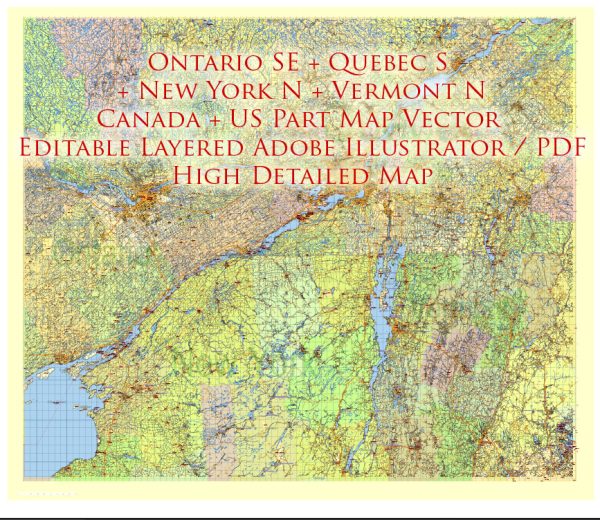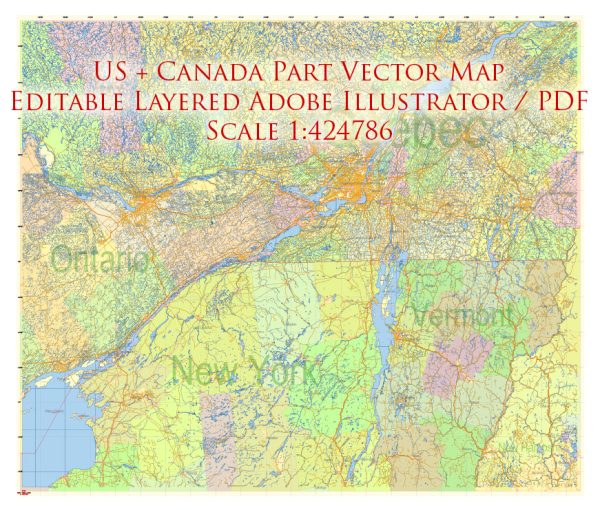It seems there might be a confusion in the geographical terms used. The United States has a region known as the Northeast, while Canada has a region known as the Southeast. However, these terms are typically not used interchangeably for the same geographical areas. Let me provide you with an overview of the history of urban development in both the Northeast of the United States and the Southeast of Canada.
Northeastern United States (including cities like New York City, Boston, and Philadelphia):
Colonial Era (1600s-1775):
- Early urban development centered around major ports and trading hubs, such as Boston and New York City.
- Colonial cities were characterized by narrow streets and a lack of urban planning.
19th Century:
- Rapid industrialization led to the growth of manufacturing centers, with cities like Lowell and Manchester becoming industrial powerhouses.
- Expansion of transportation networks, including the construction of railroads, contributed to urban development.
Early 20th Century:
- The City Beautiful Movement influenced the design of public spaces, parks, and civic buildings in cities like Washington, D.C.
- Migration from rural areas to cities increased, leading to population growth.
Mid-20th Century:
- Post-World War II suburbanization resulted in the outward expansion of cities, with the development of suburbs and the rise of automobile culture.
- Urban renewal projects aimed at revitalizing declining urban areas were implemented, sometimes leading to the demolition of historic neighborhoods.
Late 20th Century to Present:
- Gentrification has transformed many neighborhoods, attracting wealthier residents and businesses.
- Cities have focused on sustainable development, green initiatives, and the revitalization of waterfront areas.
Southeastern Canada (including cities like Toronto, Montreal, and Ottawa):
Colonial Era (1600s-1763):
- French and British colonial powers influenced urban development in cities like Quebec City and Montreal.
- Fur trading posts and military installations played a role in the early growth of these cities.
Late 18th to 19th Century:
- Urbanization accelerated with the growth of commerce, industry, and transportation.
- Toronto emerged as a key economic center, and Montreal became an industrial hub.
20th Century:
- The mid-20th century saw the expansion of suburbs and the development of modern infrastructure, including highways and bridges.
- Toronto became a major financial center, and Montreal continued to be a cultural and economic hub.
Late 20th Century to Present:
- Cities like Toronto have experienced significant population growth and have become increasingly diverse.
- Urban planning has focused on sustainability, transit-oriented development, and the preservation of cultural heritage.
Both regions have experienced dynamic urban development shaped by historical, economic, and social factors. Today, cities in the Northeastern United States and Southeastern Canada continue to evolve, addressing contemporary challenges such as sustainable development, affordable housing, and cultural preservation.



 Author: Kirill Shrayber, Ph.D.
Author: Kirill Shrayber, Ph.D.